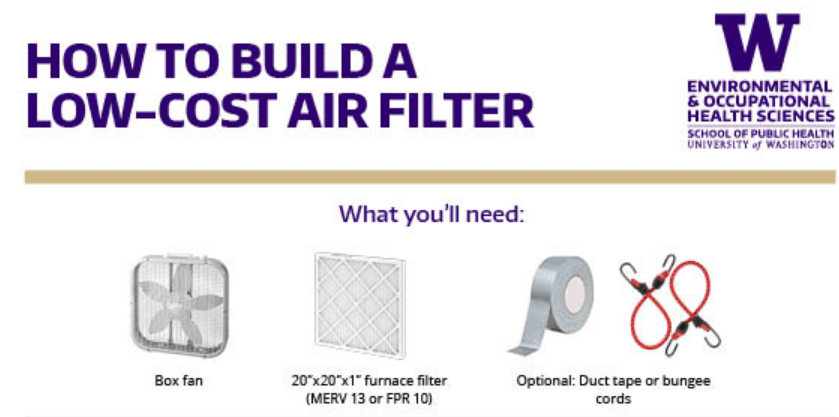As wildfires continue to increase in severity, the impact on our environment and indoor air quality has become a growing concern. While wildfire frequency has not increased over time, the area that has burned and the amount of damage has increased, according to the US Environmental Protection Agency (US EPA).
For 45 states, the EPA found the amount of area burned by wildfires between 1984 and 2001 and then again for the period between 2002 and 2020. What they found is that 34 states (75% of the total states with data) experienced an increase in wildfire-burned area. They also found that almost all of the monthly burned area increase occurred in the western half of the United States. California, Washington, and Oregon rank 1st, 2nd, and 3rd respectively (See Figure 5). This is bad news since weather patterns and smoke blow from west to east across the entire U.S.
For many people, especially those in disadvantaged communities, the financial strain of managing their current expenses leaves little room for expensive climate adaptation solutions. However, there is a practical and cost-effective option that can greatly improve indoor air quality during wildfire events: the DIY box fan filter.
DIY Box Fan Filters: A Low-Cost Solution for Cleaner Indoor Air
Air purifiers, while effective, can be expensive and may become scarce during wildfire smoke events. In contrast, DIY box fan filters offer an affordable alternative, providing similar or even superior results in filtering out fine dust particles from wildfire smoke. For around $45, a trip to the hardware store can get you a 20-inch box fan, a 20-inch filter, and a 40-inch bungee cord. This is all you need to create your own effective air cleaner.
Studies conducted by the Puget Sound Clean Air Agency have demonstrated that box fan filters can be as good or better than a commercial air purifier. To achieve a 90% reduction in harmful dust particles:
| Filter Type | Speed | Time [minutes] |
| Air purifier | low | 35 |
| Box fan filter | low | 35 |
| Box fan filter | medium | 20 |
| Box fan filter | high | 15 |
Effectiveness in Different Room Sizes
Box fan filters can be useful in small (up to 12 ft by 12 ft), medium (12 ft by 18 ft), and large-sized rooms (20 ft by 35 ft). The larger the room, the longer it will take to work from between 15 minutes to 2 hours. If a room is bigger than above, then set up the fan near you and it will still work to keep your immediate area cleaner.
Empowering Frontline Communities through Climate Adaptation
For frontline communities facing the brunt of climate change and financial hardships, DIY box fan filters offer a lifeline. By embracing cost-effective climate adaptation measures, they can improve indoor air quality to safeguard their health and well-being during wildfire seasons and other environmental crises.
Conclusion
As wildfires continue to pose a threat to our environment and indoor air quality, finding affordable climate adaptation solutions is essential for everyone. DIY box fan filters offer a practical and cost-effective way to combat indoor air pollution caused by wildfire smoke. By taking charge of our indoor environment, we can create a safer, healthier living space for ourselves and contribute to a more sustainable future. Let us join together in empowering frontline communities to embrace climate adaptation with innovative and accessible solutions like DIY box fan filters.
How To
Here’s a great written guide on how to make your own box fan without any tools. And, here’s a video with tips on ensuring the box fan filter is given the best conditions to be effective.
